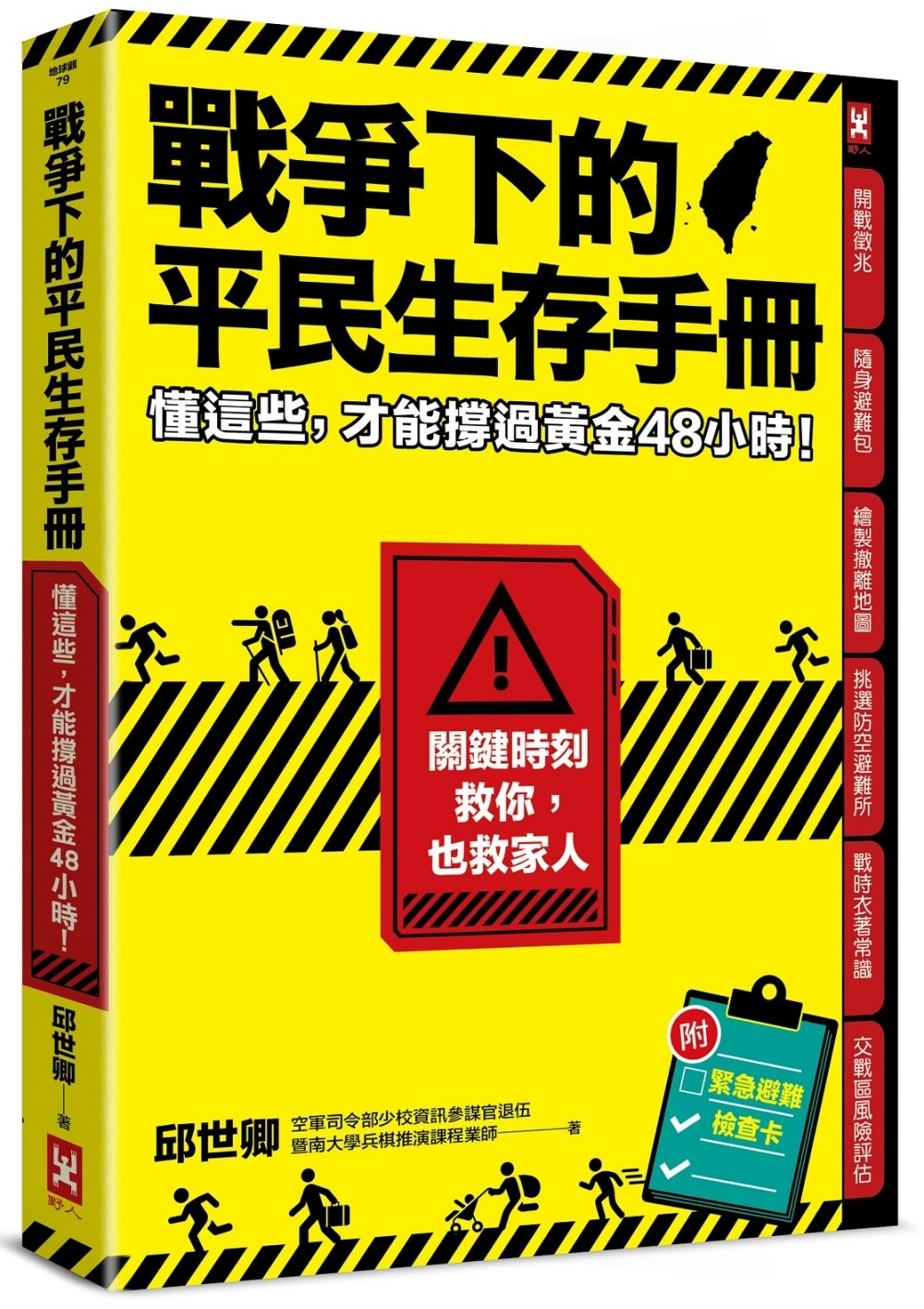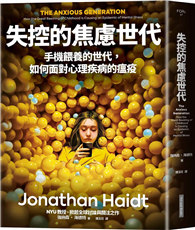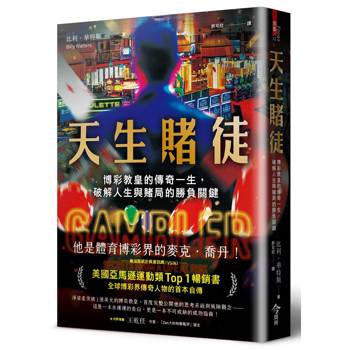Blended Learning Solutions in Higher Education explores the origins, empirical foundations, and implementation of blended learning in colleges and universities. Since emerging as a third-way solution to traditional and virtual higher education models, blended learning has become a predominant learning modality in an era of rapid technological proliferation. Offering an alternative to longstanding yet flawed methodologies and assumptions about its validity, this book conceptualizes blended learning as a complex social practice mediated by knowledge, institutional rules, policies, and norms as well as material factors such as technology and physical spaces. The book’s original MIRACLE framework offers a research-grounded, highly practical guide to blended learning design, improvement, and long-term efficacy. From demystified history and heuristics to digitized platforms and course content to reimagined governance and regulations, these insights provide a thoughtful exemplar of blended learning’s challenges and affordances along with a firm basis for integrating face-to-face and online learning, teaching, and assessment innovatively and creatively.
| FindBook |
有 1 項符合
Blended Learning Solutions in Higher Education: History, Theory and Practice的圖書 |
 |
Blended Learning Solutions in Higher Education: History, Theory and Practice 作者:Hughes 出版社:Routledge 出版日期:2024-09-24 語言:英文 規格:平裝 / 180頁 / 普通級/ 初版 |
| 圖書館借閱 |
| 國家圖書館 | 全國圖書書目資訊網 | 國立公共資訊圖書館 | 電子書服務平台 | MetaCat 跨館整合查詢 |
| 臺北市立圖書館 | 新北市立圖書館 | 基隆市公共圖書館 | 桃園市立圖書館 | 新竹縣公共圖書館 |
| 苗栗縣立圖書館 | 臺中市立圖書館 | 彰化縣公共圖書館 | 南投縣文化局 | 雲林縣公共圖書館 |
| 嘉義縣圖書館 | 臺南市立圖書館 | 高雄市立圖書館 | 屏東縣公共圖書館 | 宜蘭縣公共圖書館 |
| 花蓮縣文化局 | 臺東縣文化處 |
|
|
圖書介紹 - 資料來源:博客來 評分:
圖書名稱:Blended Learning Solutions in Higher Education: History, Theory and Practice
|










